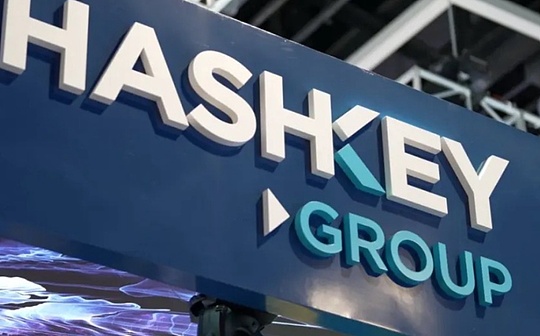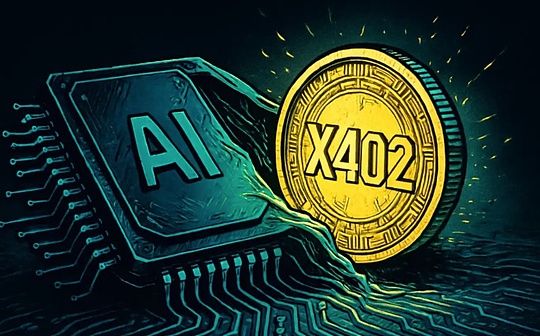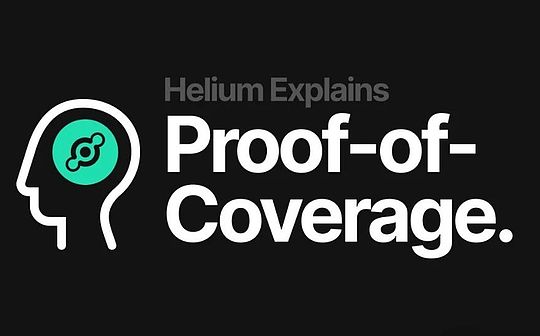
Helium Network is a blockchain -based agreement that focuses on providing the connection of the Internet of Things (IoT) devices.
Heelium enables the device to perform wireless communication and data transmission through its blockchain network and LORAWAN protocol (a media access control layer protocol).These devices are operated by nodes (hot spots), and they can also transmit data through node networks.In the Helium ecosystem, these nodes represent the combination of blockchain mining equipment and wireless gateways, and also known as “hot spots.”As of now, Helium has expanded to more than 393,000 hotspots, becoming one of the world’s major Loorawan networks.
By using wireless devices, hotspot, Helium allows anyone to own and operate a wireless IoT network.This network uses a unique consensus algorithm-the PROOF-OF-Coverage (POC), which not only ensures the efficient operation of IoT devices, but also promotes the construction of decentralized network infrastructure.
Helium uses its own cryptocurrency, that is, HNT token to reward the mining node in the network.It is worth noting that the HELIUM miners use network coverage to dig HNT tokens, using wireless frequency signals, not common computing capabilities in other blockchain systems.
Working principle
>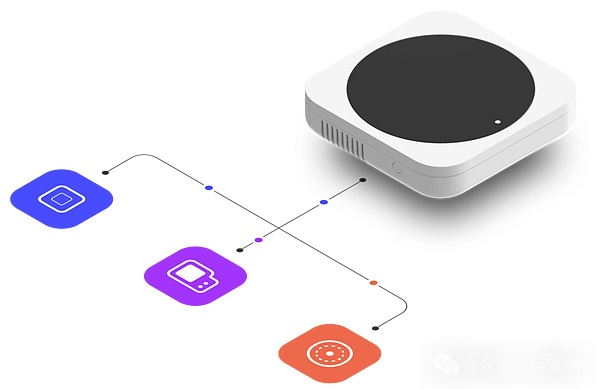
In simple terms, Helium relies on the support of the node operator community to operate.These node operators operate the device called hot spots.The hotspot is basically a hardware mining machine, and the HNT token is to help protect the network.This consensus mechanism is called “Proof-OF-Coverage (POC), which helps protect the Helium blockchain.
Mining machine equipment is based on LoRaWan, which is a cloud -based open source protocol for connecting IoT devices.Because of their low power consumption capabilities, they are very suitable for IoT devices.And, because LORAWAN uses wireless electrical frequencies, its range far exceeds the range provided by WIFI.(Although it sacrifice the size of the packet.)
Core mechanism
LORAAWAN (Long Range Wide Area Network)
Lorawan (Long Rangewea Network) is a core communication protocol used in the Helium network, providing long -distance and low -power wireless connections for the Internet of Things (IoT) devices.Lorawan is an open source protocol based on LoRa (Long Range) technology. LoRa uses spreading technology, so that communication has a farther transmission distance and better penetration power.The LORAWAN protocol manages the network level of these communication, including the access of the device, the security of data transmission, and the management of the network.
>
Main feature
Long -distance coverage: It can ranging from several kilometers to tens of kilometers, depending on environmental conditions.
Low -power design: Equipment can run in low energy consumption model for several years.
Large capacity: A single LORAWAN gateway can process data from thousands of terminal devices.
Security: Payment of security of data transmission through encryption and certification.
The role in Helium
In the Helium network, Lorawan is used to connect various IOT devices that are widely distributed, such as environmental monitoring sensors, smart agricultural equipment, etc.By deploying LORAWAN compatible hotspots (HOTSPOTs) in family, business location or public space, users can create wireless networks covering specific areas.
LorawanNetwork architecture
>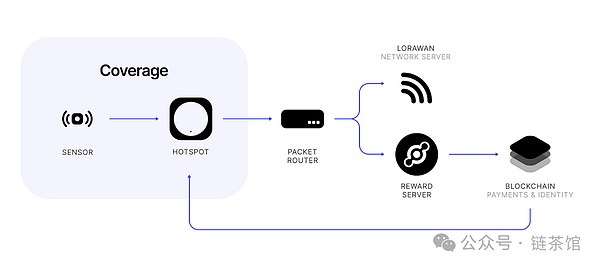
Terminal device: These are IoT devices deployed at the scene and are responsible for collecting and sending data.
Gatery (hot spots): These devices receive data from multiple terminals and send data to the network server.In the Helium network, these hotspots also act as nodes of blockchain at the same time.
Network server: In Helium, the role of the network server is undertaken by the blockchain network distributed, processing data routes and managing the security of the network.
Lorawan provides security protection at two levels:
Network layer security: Use the unique network key (Network Session Key) for the integrity protection of data packets.
Application layer security: Use Application Session Key to encrypt the end -to -end data content.
Lorawan’s challenge and advantage
The challenges faced by Lorawan in Helium include network management and optimization coverage, especially signal interference problems that may exist in the urban environment.However, the advantages of low cost, wide coverage and low power consumption make Lorawan an ideal choice to connect large -scale distributed IoT devices.
In short, the application of Lorawan in the Helium network not only expands the connectivity of IoT devices, but also provides participants with the opportunity to dig and earn HNT tokens through maintenance and expansion of this network, and then promotes a decentralization and decentralization.The development of IoT networks jointly maintained by users.
Hotspots (Hotspots)
In the Helium network, hotspots are key hardware devices connecting and expanding networks.These devices are not only access points for the Internet of Things (IoT) devices, but also nodes of the blockchain network, with multiple functions and purposes.
Function and composition
The hotspot is a physical device that combines wireless transmission technology and blockchain technology.Each hotspot contains the following core components:
Wireless transmission module: Using LoRaWAN technology, this is a long -distance, low -power wireless communication standard, suitable for sending small data packets.
Central processing unit (CPU): processing data verification, encryption and communication tasks.
Storage device: used to store network data and blockchain information.
Apertper: Receive and send wireless signals to enhance the communication range and quality between equipment.
Working principle
>
Hot spots work through the following ways:
Data transmission: Hot spots allow IoT devices to connect to the Internet via LORAWAN, transmit data such as meteorological information and location tracking.
Blockchain mining: Hot spots participating in the HEC-OF-Coverage (POC) consensus mechanism of the HELIUM network, earn HNT token by verifying the signal coverage of other hotspots.
Network expansion: More hot spots to the network can expand the coverage of the network and improve the density and quality of the network.
Mining and motivation
The owner of the hotspot participated in the maintenance of the network by installing and running hotspots, so as to get HNT token as a reward.Mining income depends on multiple factors, including the geographical location of hot spots, activity in the network, and mutual verification activities between hotspots.
Installation and maintenance
The installation hotspot is relatively simple. Users only need to connect the hotspots to the power and the Internet.The maintenance of hot spots mainly includes the normal operation of the equipment to ensure that the software and security characteristics are updated in a timely manner.
Cyber security and privacy
Helium protects the security of data transmission through end -to -end encryption to ensure the privacy and integrity of the data during the sending process.Communications between hot spots are also protected, avoiding unauthorized access and data leakage.
In general, the hotspot is the cornerstone of the Helium network, enabling the network to provide low -cost and high -efficiency connection services for the wide IoT device.Through its unique technical integration and incentive mechanism, the Helium network aims to provide powerful and reliable wireless coverage solutions for modern IoT applications.
Proof-OF-COVERAGE
>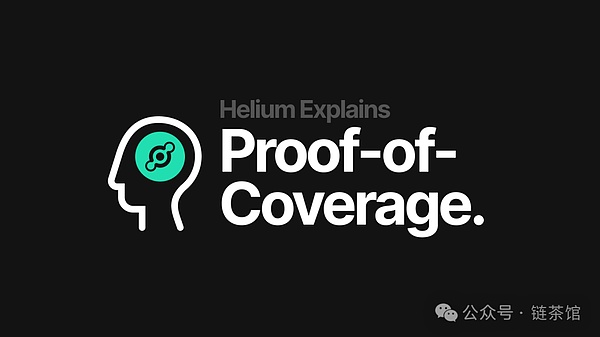
Proff-OF-Coverage (POC) is a consensus mechanism in the Helium network, which is used to verify whether the hotspot equipment truly provides network coverage.This mechanism aims to ensure that each hotspot in the network effectively provides wireless network coverage, thereby promoting the reliability and availability of the network.
Working principle
>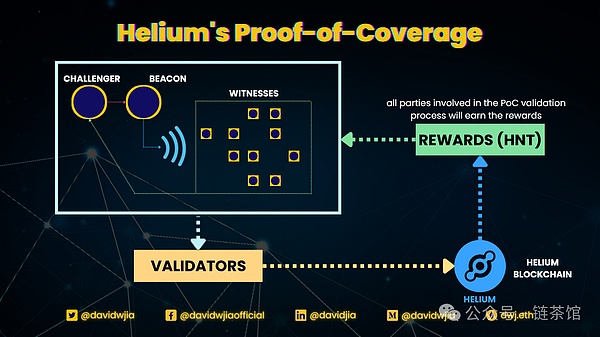
Certification proof is performed through the following steps:
Challenge: A hot spot (challenger) sends signal challenges to other nearby hot equipment (challengers).The challenger chooses one or more challengers and requires them to respond to the challenge within a certain period of time.
Response: The challenge must successfully receive the signal sent by the challenger within the prescribed time and send the response signal to the challenger to prove their position and signal coverage.
Verification: Challenger verify the accuracy and timeliness of the response signal.If the challenger successfully responds to the challenge, the challenger will believe that the challenger provides effective coverage.
Incentive mechanism
The hotspot equipment involved in the coverage of the cover has the opportunity to earn the HELIUM network original currency (HNT) as a reward.According to the degree of participation and network coverage, the hotspot equipment can get different quantities of rewards.This incentive mechanism encourages hotspot equipment operators to actively provide and maintain network coverage to promote the expansion and development of the network.
Key
Decentralization: The implementation of the coverage mechanism is performed by decentralized methods. There is no single centralized physical control verification process.
Real -time: The challenge and response process is based on real -time.
Blockchain Integration: The results and rewards of the cover certification will be recorded on the Helium blockchain, realizing the transparency and traceability of the behavior of the network participants.
Application scenarios
The cover prove that it is of great significance in the following scenarios:
Network expansion: Through the incentive mechanism, the coverage has proven the deployment of new hotspot equipment, thereby expanding the coverage and density of the network.
Network maintenance: Regular coverage proof can ensure that the hotspot equipment in the network continues to provide effective coverage to maintain the stability and reliability of the network.
Challenge and advantage
The challenges faced by the coverage mechanism include the unstable network instability caused by factors such as signal interference and geographical environment changes.However, its advantage is that through the incentive mechanism, it effectively promotes the deployment and maintenance of hotspot equipment, laying a solid foundation for the development of the Helium network.
In general, the cover proof is one of the core mechanisms in the Helium network. By verifying the network coverage of hotspot equipment, the reliability and availability of the network are guaranteed. At the same time, it provides participants with rewards and incentives.Development and expansion.
HNT token
HNT tokens are native cryptocurrencies of the Helium network that are used to motivate and reward individuals and enterprises involving decentralized wireless networks participating in the construction, operation and maintenance of Helium.
Token supply
The original total supply of HNT was set to 223 million, but in fact its supply will change with the tokens issuance and destruction mechanism in the network agreement.35% are used for the development and support of hot infrastructure, and 35% are reserved to Helium and its investors. The remaining 30% will be used to support the cost of network data transmission.As of writing this article, the circulation is 160,875,442HNT.
>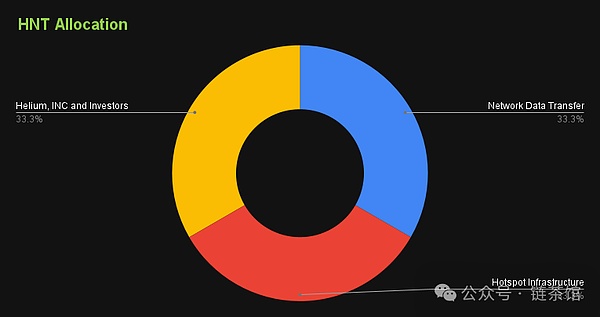
Helium Network uses a dynamic token supply model, which includes the period of the period of the period of the period, similar to the reduction of Bitcoin.The Helium issuance proposal recommends that the net issuance volume is halved every 2 years after the creation block.The first halving occurred on August 1, 2021, and the net circulation of HNT decreased to 2.5 million HNT per month.However, the distribution and proposal timetable of HNT miners have not changed.This situation leads to the theoretical maximum supply is 240 million HNT.However, due to the slow out of the first year after the creation, HNT’s casting volume was lower than the planned 60 million.Therefore, this has led to a decrease of HNT about 17 million, which makes the real maximum supply of 223 million.
Economic model and tokens circulation
HNT’s economic model also includes data credit (DC), which is a stable tokens that are used to pay online transaction costs and data transmission costs.Users must convert the HNT “burning” into DC to use network services. This process is permanently removed from the circulation.
Get HNT
The acquisition of HNT mainly depends on mining. The “mining” here actually refers to providing network coverage and transmission data by running Helium hot spots.Compared with other cryptocurrencies, the HNT mining process is different, and it requires high -end GPU (graphic processing unit).Therefore, you can start digging HNT without paying expensive electricity bills or complex settings.
Data beacon: Hot spots earn HNT for transmission device data.
Certificate of coverage: Hot participation in POC challenges to prove its wireless coverage range, and in this way, HNT can be earned.
Unlike other cryptocurrencies that use the traditional workload to prove the consensus mechanism, Helium uses an advanced POC based on the BFT (Byzantine Error tolerance) protocol.It requires miners to verify whether their hotspots provide wireless coverage.
To start mining, you need a special Lorawan launcher and place them on the roof or balcony and other heights.Bobcat Hotspot Miner, Rakewireless HotSpot Miner and Nebra Helium Indoor Hotspot are some compatible devices for digging HNT.People can download Helium applications and activate hotspots to start mining.
In addition to mining, HNT can also be purchased and used on trading platforms/exchanges such as Binance, Wazirx, UPHOLD.
Team/partner/financing situation
Heelium was founded in 2013 by Amir Haleem, Sean Carey and Shawn Fanning.Amir Haleem has extensive work experience in the video game development and export industry, and Shawn Fanning is famous for its development music sharing platform Napster.Therefore, the Helium team consists of professionals with rich experience in manufacturing, blockchain technology, radio and equipment, point -to -point, and decentralized systems.
Historical points
From 2015 to 2019, the company successfully raised more than $ 53 million through four different financing activities.
In 2029, after the official launch of Helium’s network, it proposed the mission of solving the current challenges of the Internet of Things, especially the privacy of users.
In July 2020, the company launched its first hot spot in Europe, deploying more than a dozen equipment in Lyon, Paris or Sonberg.
In early 2021, a large -scale prosperity was experienced. By January, global hotspots increased from approximately 10,055 to nearly 1 million.
On March 30, 2022, Helium Inc. received a 200 million US dollars D -round financing led by many venture capital funds such as Andreessen Horowitz (A16Z) and Tiger Global, and the founder renamed it Nova Labs.
According to the analysis platform of the agreement, Helium Explorer, as of June 2022, more than 850,000 hotspots in 177 countries operated.
After voting in the community in 2023, Helium migrated its network to the Sorana (SOL) blockchain and officially transferred on April 18, 2023.
Future development analysis
The future development of Helium Network can be analyzed from its unique business model, technical foundation, market acceptance, and the overall trend of the cryptocurrency market.The following are the future development analysis of the above factors:
Technology and business model
Helium Network occupies a special status in the encryption market by providing decentralized Internet of Things (IoT) data transmission services.Its business model revolves around LORAAWAN technology and Proof-OF-COVERAGE (POC) consensus mechanism, which aims to create a widely-operated wireless network operated by users.This model has the following potential:
Expansion: With the increasing popularity of IoT devices and the development of 5G technology, the demand for low -cost, wide -coverage network services will continue to grow.Helium Network provides such a service, and has relatively low cost in deployment.
User incentive: Provide incentives for network contributors through HNT tokens. Helium encourages users to deploy and maintain network hotspots, which helps the network rapid expansion.
Decentralization advantage: Compared with traditional centralized network service providers, Helium’s decentralized network is even more uncomfortable with a single point failure, which increases the elasticity and reliability of the network.
Market and economy
Market Acceptance: Because the network services provided by Helium are directly facing the rapidly growing IoT market, the success or not depends on the growth rate and scope of the market’s demand for IoT connection.
Tokens economy: The market performance of HNT token is closely related to the use of the network.If the network successfully attracts more users, the demand for tokens increases, which may increase its market value.
Regulatory environment: Changes in regulatory policies may affect the future development of Helium Network and its tokens.Strict regulatory environment may limit the expansion of the network or affect the liquidity of the token.
Continuous innovation and cooperation
Technical development: The future development of Helium Network requires continuous technological innovation to respond to market demand and technological challenges, such as improving the network’s data transmission capacity and security.
Partnership: Cooperation with the industry can help Helium expand the application scenarios of their services and attract more users and developers to participate in their ecosystems.
Competition and risk
Market competition: Other blockchain and traditional companies are also committed to IoT network services. Helium needs to maintain its technical advantages and attractiveness of user incentive mechanisms to maintain market position.
Price fluctuations: Like all cryptocurrencies, the price fluctuation of HN may have an impact on the confidence of network participants and the perception of investors.
In summary, Helium Network has significant growth potential in terms of technological innovation, market demand and user foundation.However, future development is also facing risks such as supervision, market competition, and technical challenges.The key to success may be whether it can continue to expand the network, continuously inspire users to participate, and maintain its leading position.





